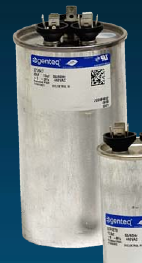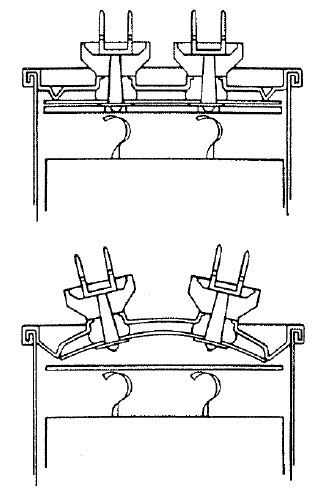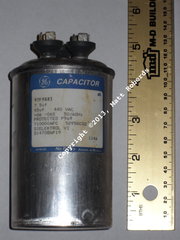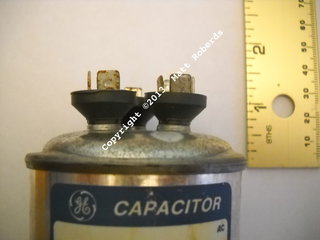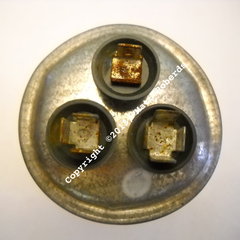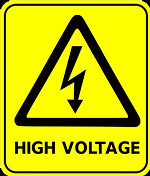 |
DANGER: If you make a mistake while working on your air
conditioner, you will die.
DANGER: Hazardous voltage. Contact will cause electric
shock, burn, or death.Most household air conditioner
circuits can deliver over 40 amperes at 240 volts AC.
DISCLAIMER
- These photos and descriptions are provided for information
only. Do not attempt.
- This Web page is NOT created by, sponsored by, endorsed by,
affiliated with, or otherwise connected to Trane Inc.,
Ingersoll-Rand Inc., General Electric Inc., Genteq, or
Regal-Beloit Inc.
- The creator of this Web page, other than owning a Trane air
conditioner, has NO CONNECTION with Trane Inc., Ingersoll-Rand
Inc., General Electric Inc., Genteq, or Regal-Beloit Inc.
- The run capacitor shown here is for one specific model of
Trane air conditioner. The parts for other models and makes
will vary.
|
 |


